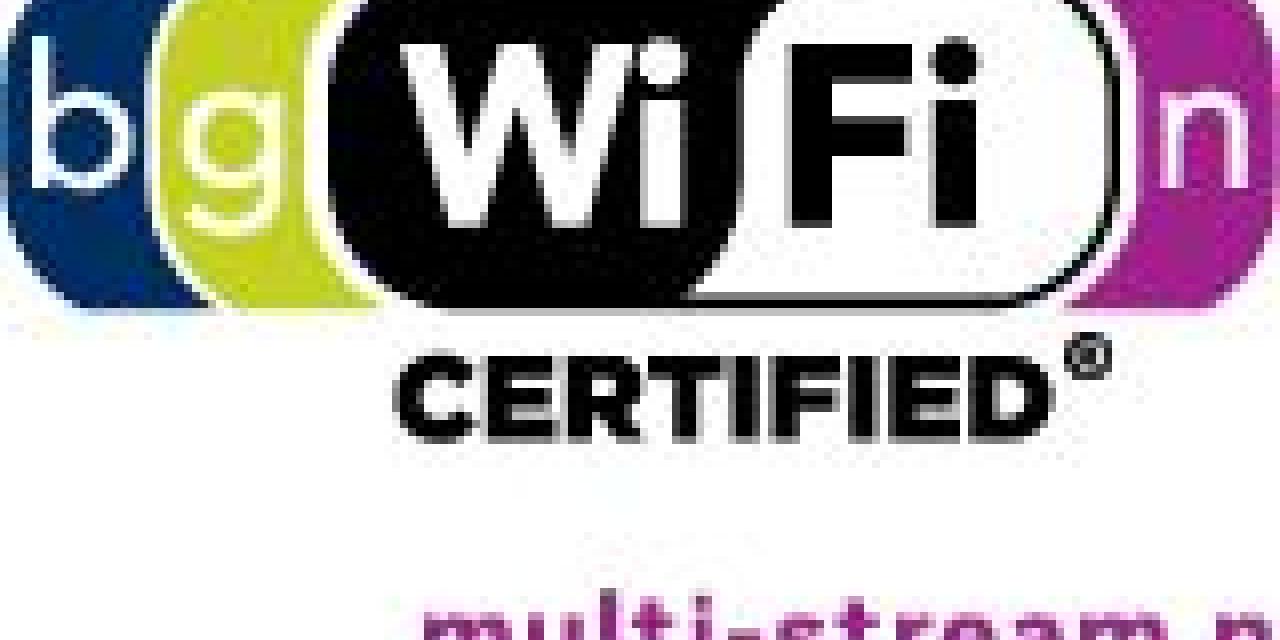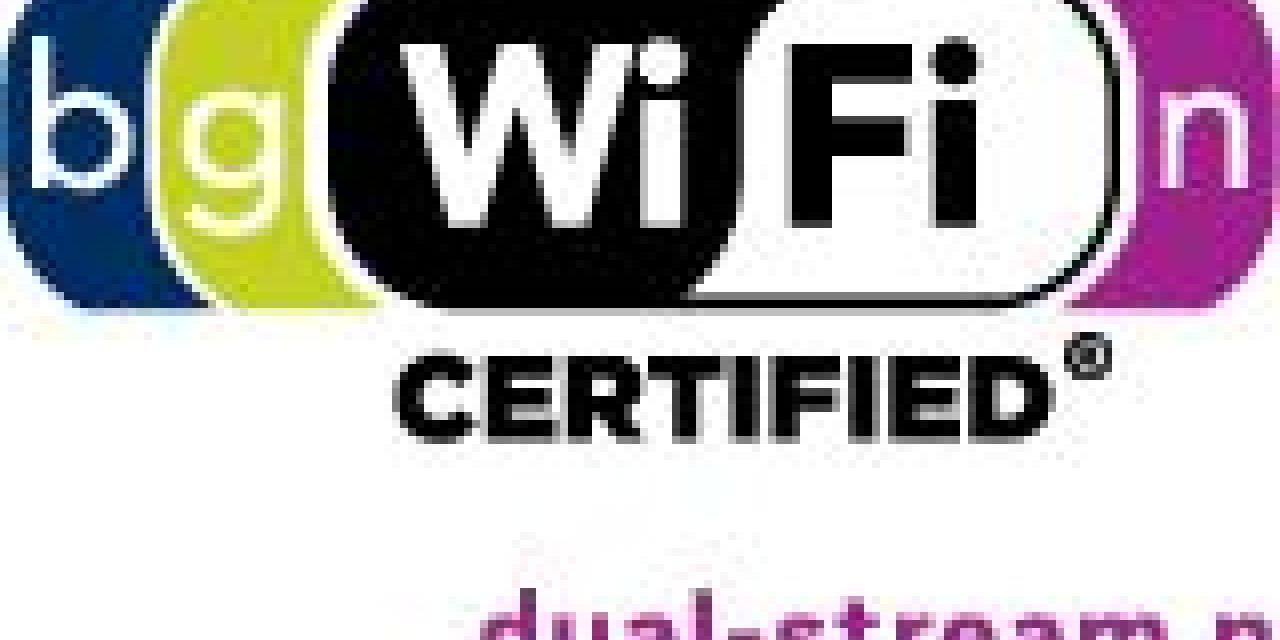

The Wi-Fi Alliance has begun product testing for its Wi-Fi CERTIFIED n program, updating its two-year-old Wi-Fi CERTIFIED 802.11n draft 2.0 program.
The updated program adds testing for some popular optional features now more widely available in Wi-Fi equipment. The Wi-Fi Alliance has also introduced an updated logo, family of taglines, and product labeling matrix, to help consumers make informed choices about Wi-Fi products. The launch comes shortly after the finalization of the IEEE 802.11n standard, and at a time when a broader array of 11n products with varying performance profiles is entering the market.
"Wi-Fi CERTIFIED n builds on the success of our draft-n certification program and marks a point of maturity in 802.11n technology," said Wi-Fi Alliance executive director Edgar Figueroa. "Our expanded testing and branding program helps ensure the best user experience in the context of the Wi-Fi industry's continued innovation and the evolving landscape of products implementing next-generation Wi-Fi."
The updated Wi-Fi CERTIFIED n program maintains the requirements of the draft 2.0 program and adds testing for some new optional features, including:
• Test support for simultaneous transmission of up to three spatial streams
• Packet aggregation (A-MPDU), to make data transfers more efficient
• Space-time Block Coding (STBC), a multiple-antenna encoding technique to improve reliability in some environments
• Channel coexistence measures for "good neighbor" behavior when using 40 MHz operation in the 2.4 GHz band
The Wi-Fi CERTIFIED n logo program has been updated to support a wide range of devices tuned for varying performance criteria. In addition to removing the term "draft" from the logo, devices with particular feature sets may now use taglines in conjunction with the logo. Devices can now be designated "Wi-Fi CERTIFIED dual-stream n" or "Wi-Fi CERTIFIED multi-stream n" to indicate that they have passed tests for specific performance-enhancing features. In addition, a matrix of product features may be used by some vendors to outline frequency band and spatial stream support of a particular product.
"Given the wide array of 802.11n devices now emerging, and their varying capabilities, the launch of an updated Wi-Fi certification program is an important next step for the industry," said Victoria Fodale, senior analyst and market intelligence manager at In-Stat. "Wi-Fi Alliance's leadership, through testing and the updated branding and labeling, will continue to help users have the best experience with advanced Wi-Fi technology."








